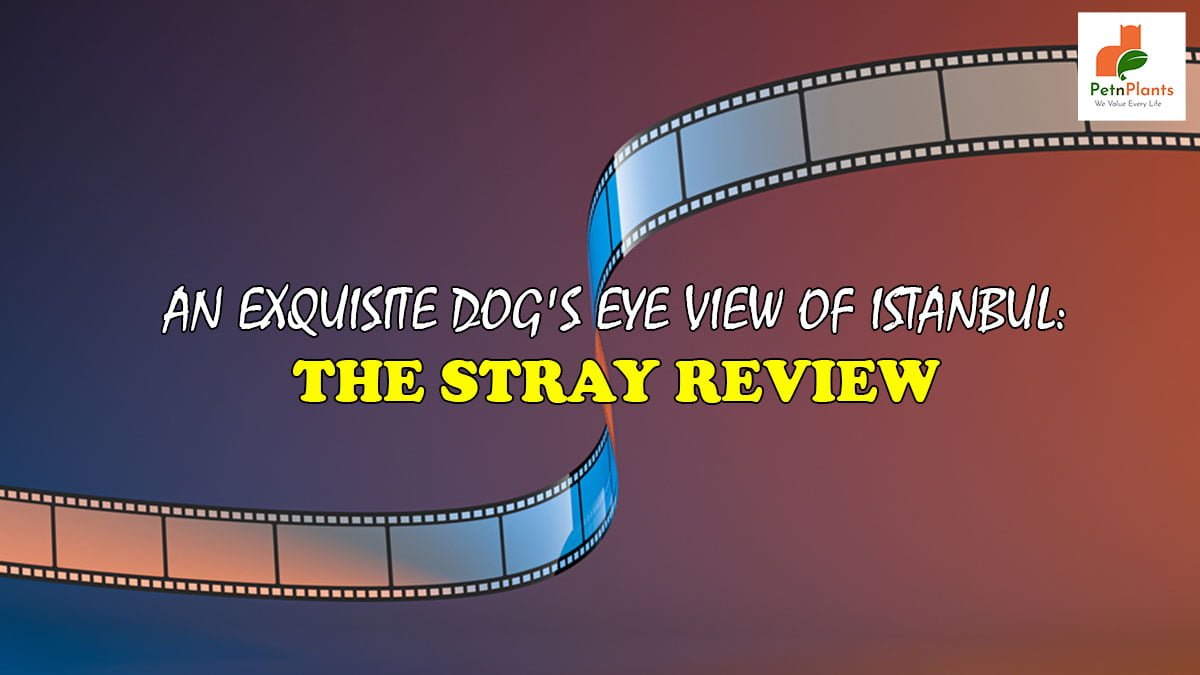How To
Latest
Pet Care
How to Groom Your Dog at Home with the Right Dog Grooming KitMarch 19, 2025
We Value Every Life

Beginning with a statement from Diogenes that “human people live artificially and hypocritically” and that they would do well to “study the dog,” Elizabeth Lo provides several quotes from the ancients. As a result, Lo studies the dog, but not in her native Hong Kong or the United States, where she studied film. Instead, she goes to Istanbul, Turkey, where it used to be standard procedure to put all stray dogs to death. Not too long ago, the policy was halted by protests, and any stray dog being put to death or kept in captivity is now illegal.
The first full-length documentary from director Elizabeth Lo checks all the right boxes and serves as a companion piece to Kedi, Ceyda Torun’s equally stunning tribute to Istanbul and Turkey’s stray cats. For caged animal lovers with unfulfilled wanderlust, the two movies would form the ideal night of viewing, especially for anyone who adores the wonderfully run-down Bosphorus metropolis.
“Stray,” Lo’s sharp-eyed documentary on the street dogs of Istanbul, unfolds without narrative or anything like a plot. It is as straightforward as its title and as complicated as the city it only briefly reveals. Instead, the uncertain rhythms of the mutts’ restless existence give a more introspective than a funny movie a poetic wildness. Greek philosophical phrases are sprinkled throughout the film’s brief 72 minutes, and when Zeytin and her canine companions stroll by, part of this world but detached from it, snippets of overheard conversations swirl and disappear.
The film’s unconventional plot doesn’t follow a single storyline. On the other hand, Lo comments that she left the story to the dogs themselves. Her goal was to eloquently and poignantly depict the unowned dogs’ everyday struggles in their pursuit of food, shelter, and, to some extent, companionship. For any dog lover, that is intriguing in and of itself. A trio of young males who appear to be the dogs’ namesakes and homeless Syrian refugees is also seen crossing paths with the dogs on Lo’s camera.
“Stray,” a movie shot from 2017 to 2019, develops a subtly cross-species commentary that is more than a bit depressing. Lo’s camera is present when the animals encounter a women’s march for equality and, later, when the refugees interact with boatmen who have a shared history as migrants, even though the film never takes a direct political stance. Although the director hardly looks away from the dogs, her true focus is on us.
0